Architecture in Namibia: A Fusion of Tradition and Modernity
- Joel Mukalay

- Feb 2
- 2 min read
Namibia, a country of vast landscapes and rich cultural heritage, has a unique architectural identity shaped by indigenous traditions, colonial influences, and contemporary design trends. From ancient rock dwellings to modern eco-friendly structures, Namibia’s architecture tells a story of adaptation, resilience, and innovation.

Indigenous Architectural Heritage
Namibia’s indigenous communities, such as the Himba, Herero, and San people, have developed traditional building techniques that harmonize with the environment. The Himba construct circular huts using a mixture of mud, cow dung, and wood, creating homes that provide insulation against extreme temperatures. The San people’s lightweight, temporary shelters reflect their nomadic lifestyle, using natural materials like grass and branches.
Colonial Influence on Namibian Architecture
During German and South African rule, Namibia saw the introduction of European architectural styles, particularly in towns like Windhoek, Swakopmund, and Lüderitz. German colonial architecture is evident in buildings such as the Christuskirche in Windhoek, a neo-Gothic Lutheran church built in 1910. Swakopmund, known for its German-style half-timbered houses and Art Nouveau buildings, retains a European charm that contrasts with the surrounding desert.
Modern and Sustainable Architecture
In recent decades, Namibian architecture has embraced modernism and sustainability, incorporating local materials and energy-efficient designs. The country’s arid climate has inspired architects to use passive cooling techniques, solar energy, and rainwater harvesting. The Namib Desert Environmental Education Trust (NaDEET) Centre is a prime example of sustainable architecture, utilizing recycled materials and renewable energy sources.
Contemporary Architectural Trends
Namibian architects are increasingly blending traditional and modern elements to create a distinct national style. Resorts and lodges, such as Wolwedans and the Sossusvlei Desert Lodge, integrate natural stone, thatch, and large glass panels to merge seamlessly with the landscape. These designs emphasize a connection to nature while offering modern comforts.
The Future of Namibian Architecture
As Namibia continues to develop, architects are focusing on affordable housing, climate-responsive design, and urban expansion. Windhoek, the capital city, is witnessing growth in mixed-use developments that cater to the increasing urban population. Furthermore, initiatives promoting green architecture and vernacular revival are ensuring that Namibia’s architectural identity remains both functional and culturally rooted.
Conclusion
Namibia’s architecture is a reflection of its diverse history, natural environment, and forward-thinking approach. Whether in traditional village dwellings, colonial-era landmarks, or cutting-edge sustainable buildings, Namibia’s architectural landscape continues to evolve while staying true to its roots. As architects and designers explore innovative solutions, the future of Namibian architecture promises to be both exciting and inspiring.




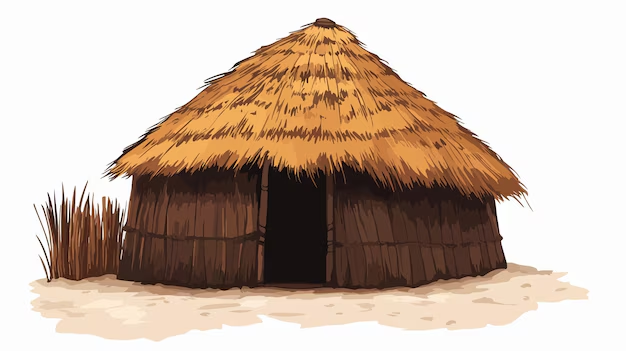
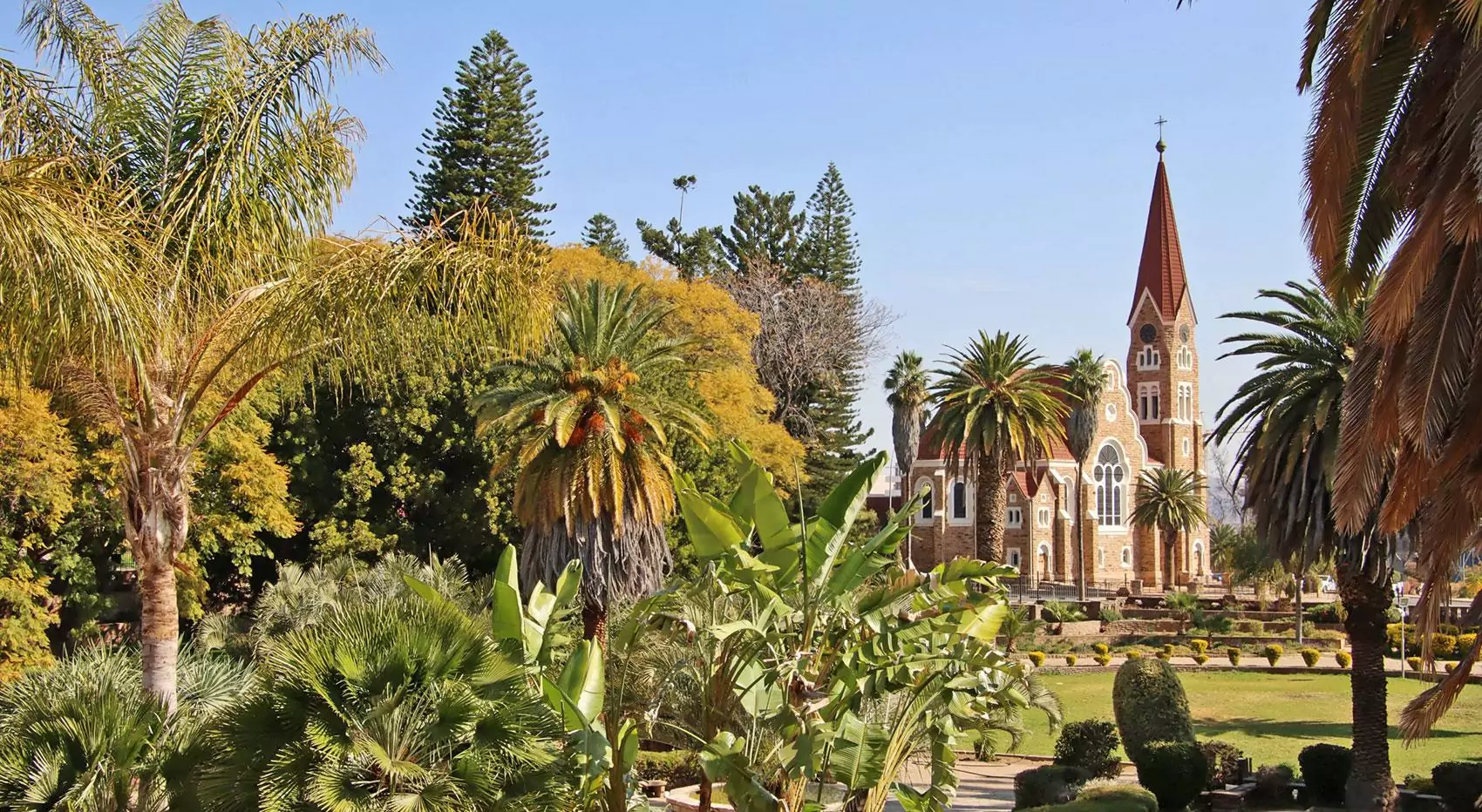
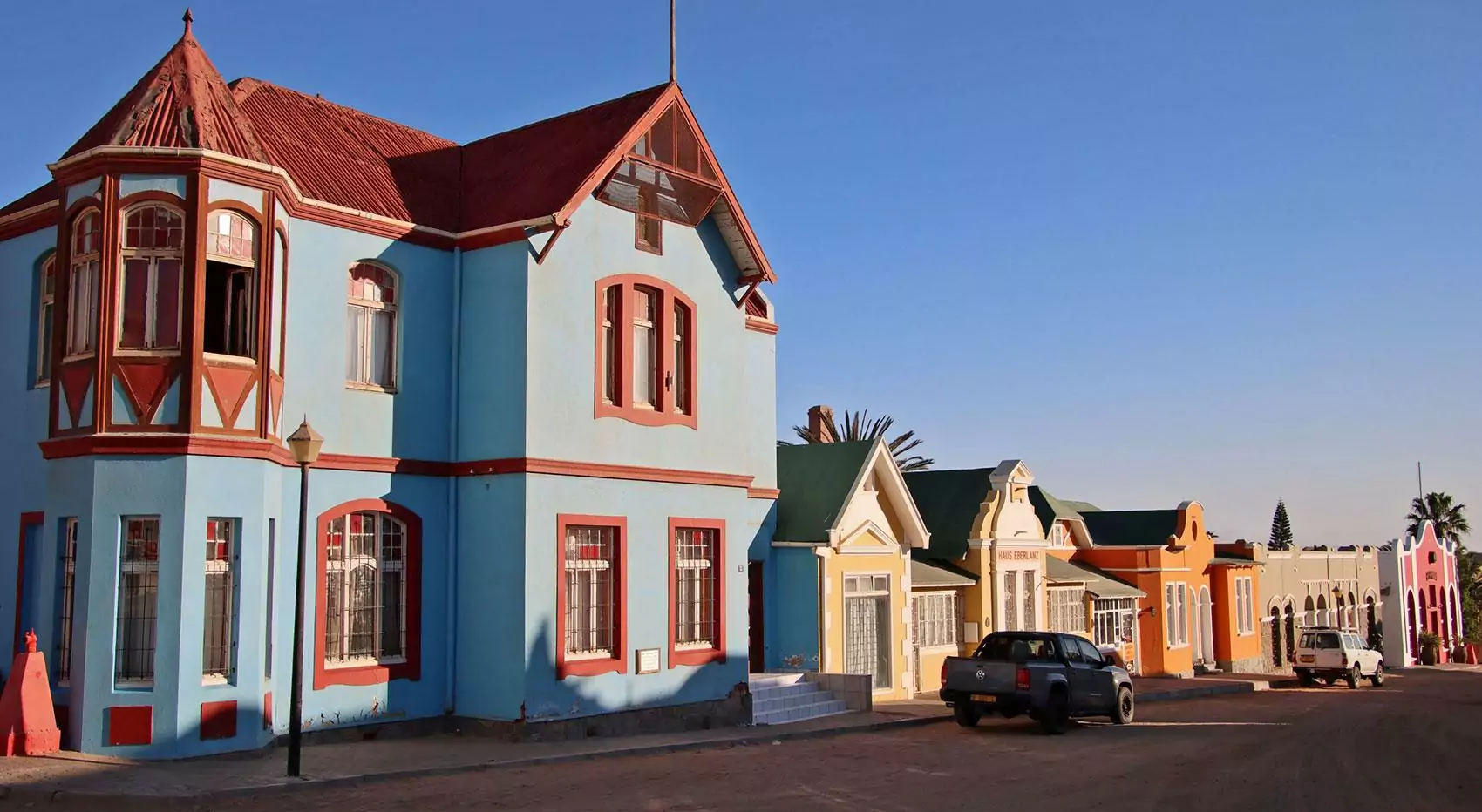








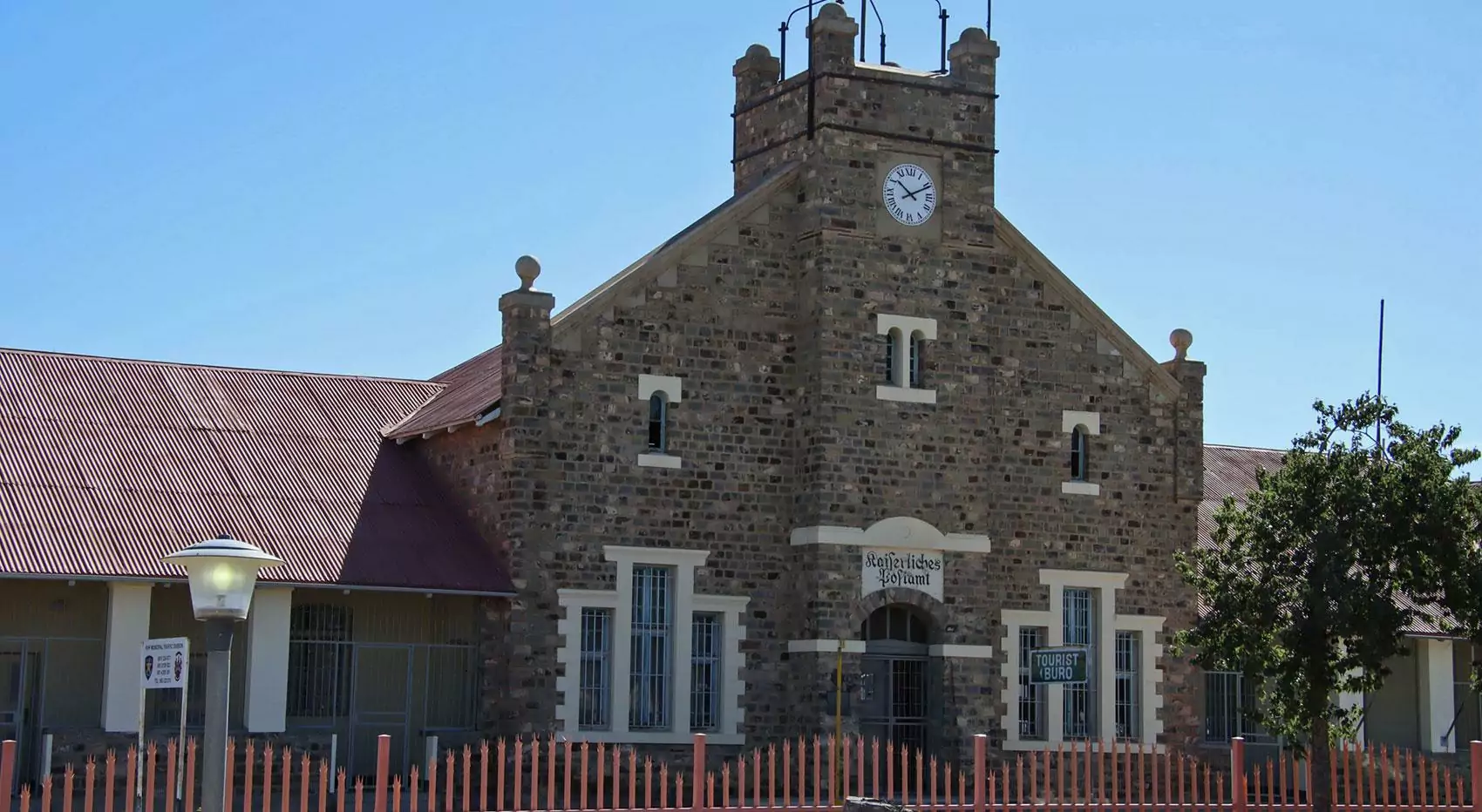



































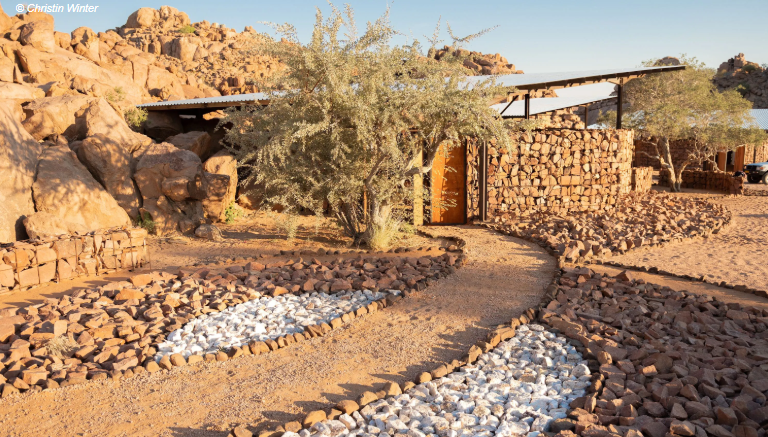

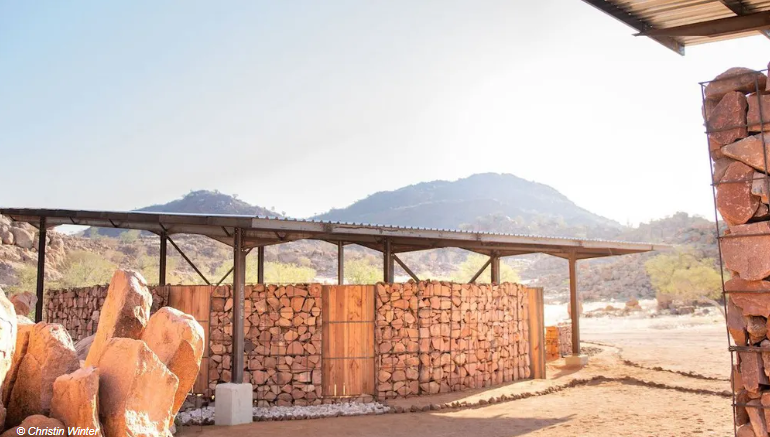









Comments